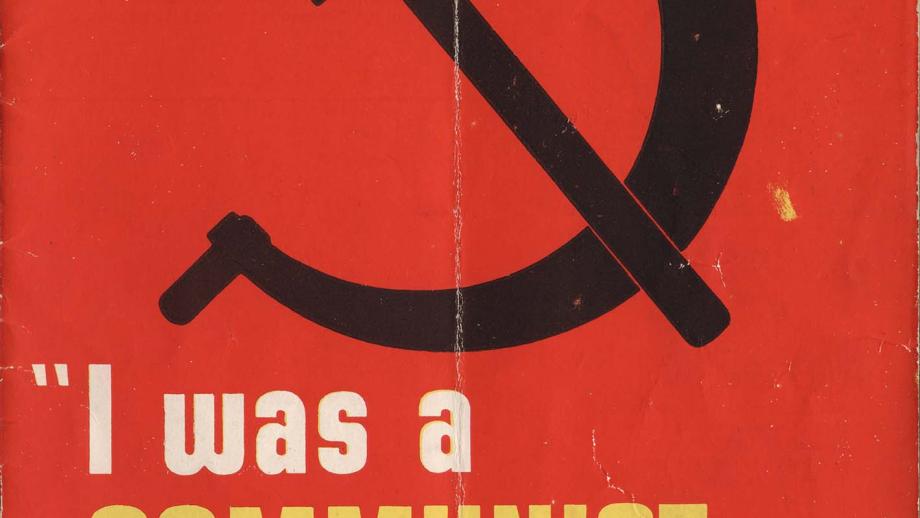Division in the Party
Following the 1951 referendum decision, the Party underwent a turbulent time that would ultimately result in enormous division. Initially the Party appeared to be adopting a more moderate agenda through what was known as ‘Australia’s Path to Socialism’, as well as the decisions to work more cooperatively with the ALP and avoid large-scale strikes. Of course, this didn’t prevent strike action. The 1954 and 1956 waterfront strikes led by communist trade union leader Jim Healy, and the ironworkers’ industrial action against BHP’s attempts to erode workers’ pay and conditions were prime examples (W Smith nd p.25).
Sectarianism within the Party grew, particularly with the elevation of Victorian leader J.D. Blake and Queensland leader J.C. Henry to the Sydney-based Secretariat. The Party went through constitutional changes, seeking to ‘Bolshevise’ and ensure the influences of capitalism were rejected. In 1953-54 the Party leadership began to split, resulting in the removal of Blake and Henry and their replacement by Laurence (Laurie) Aarons and Edward (Ted) Hill.
The Petrov Affair of 1954 gave the Menzies Government the impetus to hold a Royal Commission into espionage in Australia and communism and the Party were in its sights. The Royal Commission asserted that the Party had strong links to Soviet espionage, while the Party asserted that the Commission was prejudiced McCarthyism (A Davidson 1969 p.113).
In 1956 Kruschev’s ‘secret speech’ condemning Stalin, as well as the decisions of the CPSU Twentieth Congress, prompted a revolt in the Party. Kruschev’s speech revealed the barbarities that occurred under Stalin’s rule and was made against the backdrop of the 1956 Hungarian Revolution, in which a large-scale invasion of Hungary by Soviet forces resulted in the deaths of approximately 2,500 Hungarians and the displacement of approximately 200,000. A steady flow of members left the CPA in protest and the Party membership slumped to around 6,000.
The Party faced a division between the Marxist-Leninists and the Revisionists and a division between pro-Soviet and pro-Chinese communists. Within the Secretariat, Hill, Dixon and Sharkey asserted their support for the Chinese, while Aarons remained a supporter of the USSR. Aarons built support amongst the Party and Sharkey eventually switched allegiances. A pro-Chinese splitter group developed in Victoria led by Hill. Resignations began to flow, and Hill was expelled in 1963. In March 1964 a new Marxist-Leninist Communist Party was formed in opposition to the established Communist Party, with its base initially strongly rooted in Melbourne.
References
Davidson, A 1969, The Communist Party of Australia: A Short History, Hoover Institution Press, Stanford, California
Macintyre, S 1998, The Reds, Allen & Unwin, St Leonards, Sydney
Percy, J 1995, Australia: Towards a History of the Communist Party of Australia, LINKS International Journal of Social Renewal, accessed <http://links.org.au/node/1117>
Gollan, R 1975, Revolutionaries and Reformists: Communism and the Australian Labour Movement 1920-1955, Australian National University Press, Canberra
Jordan, D 2011, Conflict in the Unions: The Communist Party of Australia, Politics and the Trade Union Movement, 1945-1960, accessed <http://vuir.vu.edu.au/16065/1/Douglas_Jordan_PhD.pdf>











